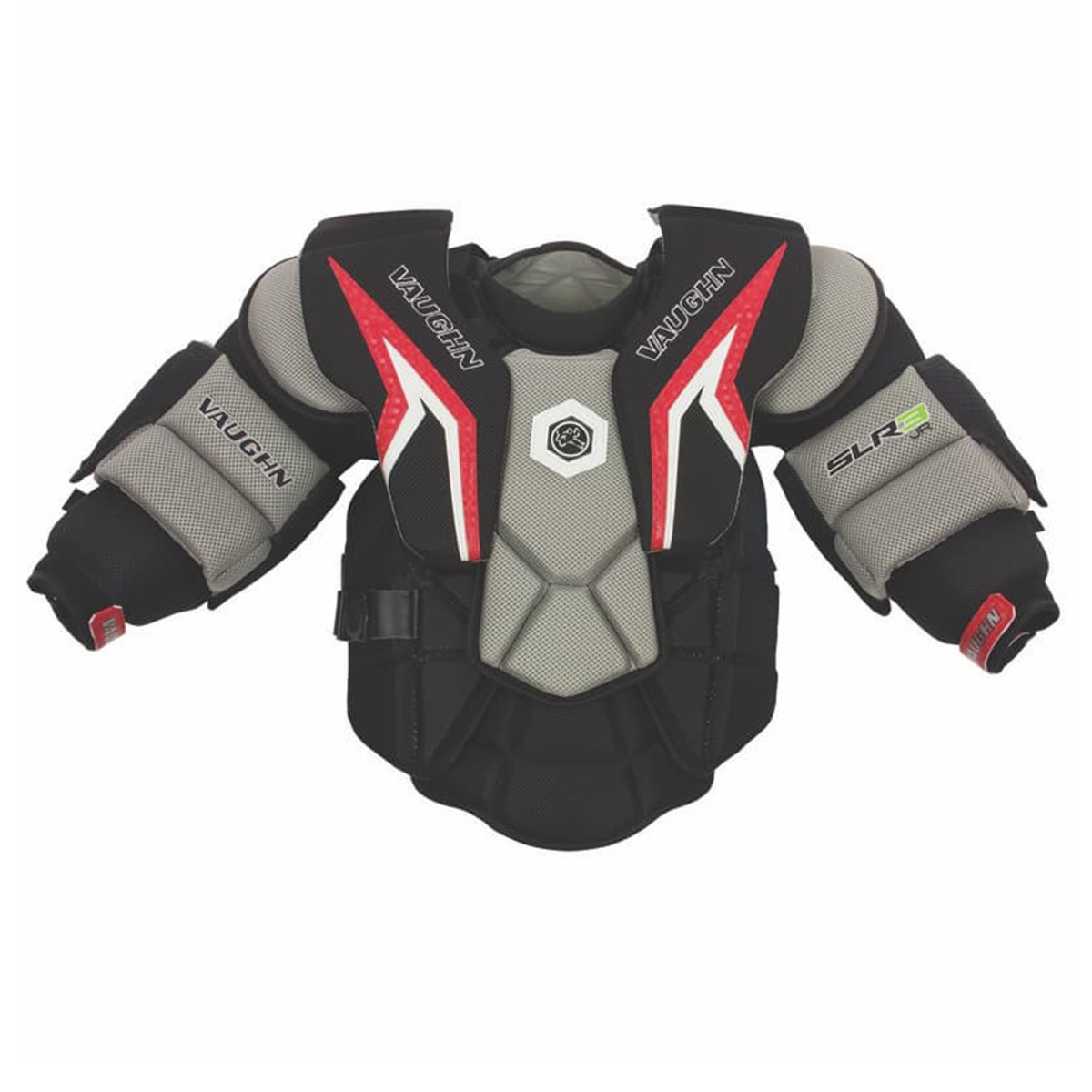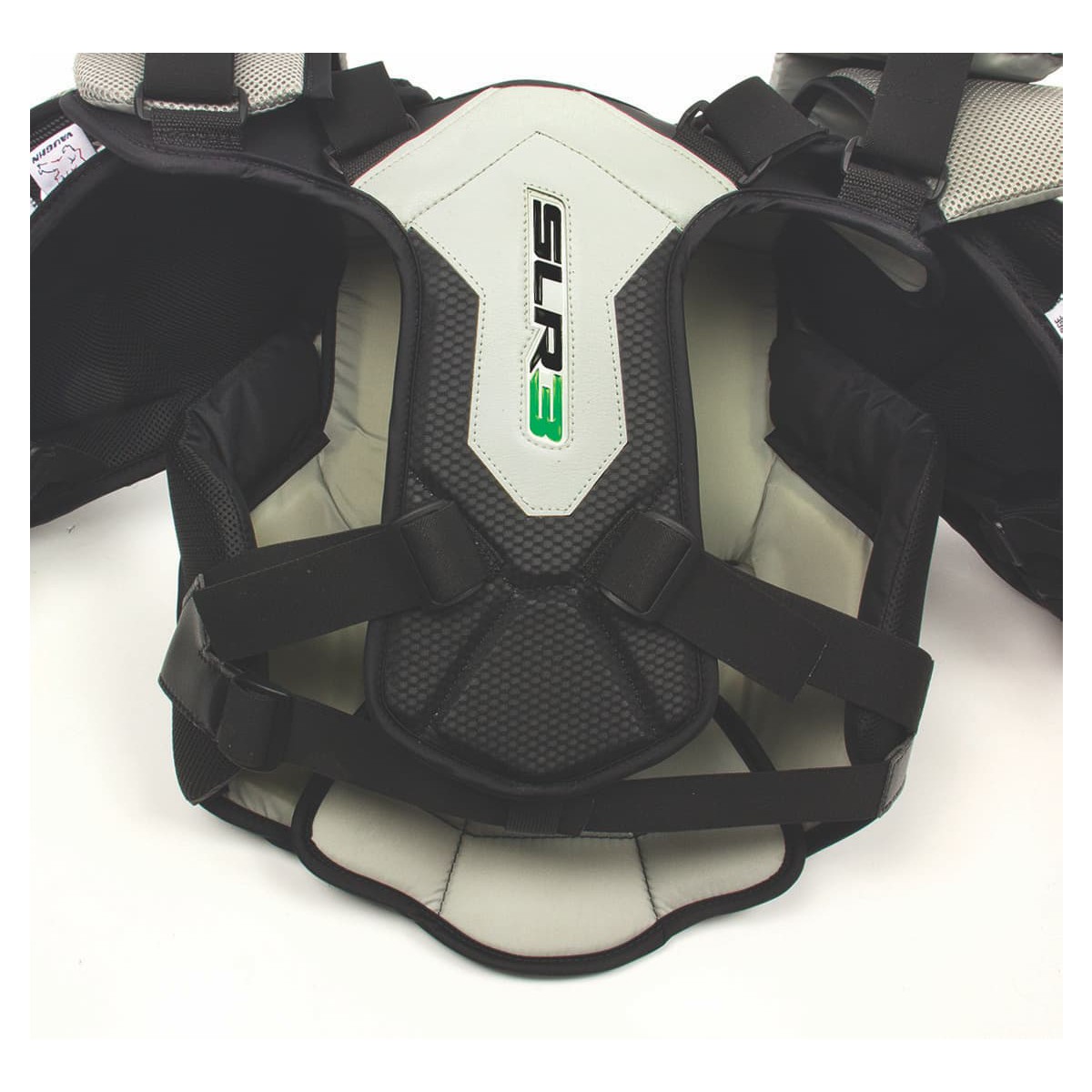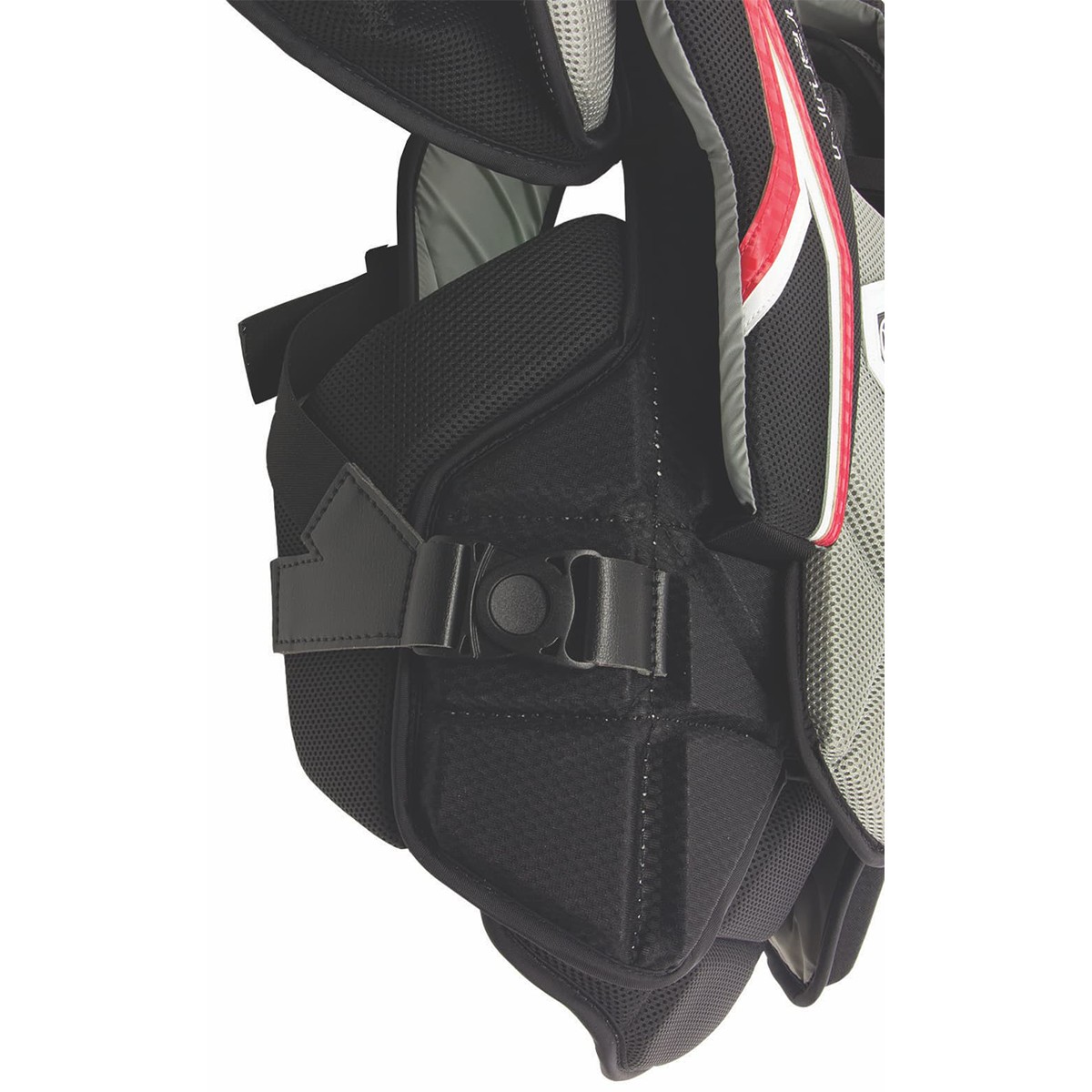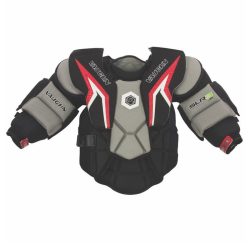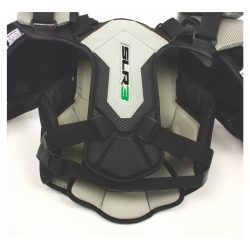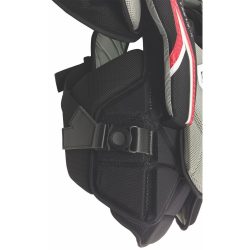
Original price was: $329.99.$247.95Current price is: $247.95.
We strive to provide the ultimate shopping experience for goalies seeking the best in gear, prices, and service. Our extensive expertise in the goalie gear industry, spanning over 20 years, allows us to offer unparalleled customer service and expert advice. Whether you're a seasoned pro or new to the game, our knowledgeable team is dedicated to helping you find the perfect gear to match your needs. Don't hesitate to reach out to us with any questions.
Please note: all prices are in US dollar.
Vaughn Ventus SLR3 Junior Chest & Arm Protector
Vaughn Chest Protectors account for 50% of all chest protectors worn in the NHL. The Ventus SLR3 is the next generation of this very popular style chest and arm protector. New for 2022 are several great changes for the SLR3 unit. The first noticeable change is an increased size in the shoulder floaters compared to the past generation SLR chest protector. This increased size helps create more net coverage for the goalie. Unlike other brands that increase the shoulder size, there seems to be minimal to no movement loss. The arms on the new Ventus SL3 chest protector have added padding on the bicep and forearm areas. This is the one area goalies were asking Vaughn for more protection. Keeping with the Vaughn tradition, the SLR3 is a very mobile unit which can be used by both hybrid and blocking style goalies. The arms in the SLR3 chest protector taper perfectly to prevent any interference between the lower arms and the goalies blocker and catch glove. The SLR3 has a new adjustable spine and shoulder strapping system which allows the goalie to customize the fit to their specific needs.
The Vaughn Ventus SLR3 is an Athletic Style Chest Protector.
Vaughn Ventus SLR3 Junior Chest & Arm Protector Features
- Model Year: 2022
- Increased shoulder floater surface area
- Increased thickness bicep and forearm padding
- Velcro® adjustable back spine padding with HD protection
- Tapered forearm padding
- Extra large flexible belly flap
- No gap main arm floaters with molded side elbow caps
- Molded plastic and foam forearm and bicep padding
- Four point adjustable elbow pads
- Aero-spacer mesh sleeves for added flex for quick break-in
- Extended side rib and chest pad padding
- Cushion air padding on shoulder floaters
- Adjustable shoulder floater positioning
- Side chest pad extension padding
- Available in Junior sizes S, M, L, XL
Athletic Style (Hybrid) Vs. Blocking Style (Coverage) Chest Protectors
There are two basic designs in the goalie market in regards to chest protectors. These are based on the two types of styles that goalies play – hybrid and coverage. The hybrid goalie needs a more athletic style chest protector that allows him/her to move freely and maximize their agility. These units contour around the body with little to no gaps. The shoulder floaters are also smaller and form around the goalie in a more natural manner. Arms and elbow guards move freely and do not bind up, allowing for maximum mobility. The big upside to having an athletic style chest protector is the movement and freedom these provide. The downside to the athletic style chest is a decrease in size and materials. Now we are not saying they are not protective because most chest protectors are built to a very high standard and are have great protection qualities. However to make something move better you have to take something away and by doing this there will obviously be less material. We can say honestly that athletic chest protectors are extremely protective and the added materials in the blocking style are more about taking up space then adding protection.
The blocking style chest protectors are built for the coverage goalies that like to play big and take up as much space in the net as possible. The shoulder floaters are much wider and usually have multiple layers. The arm and elbow guards are also flared wider to take up as much space as possible. The blocking style chest protector tends to have more gaps and extra space on the goalies body because of the extra size. The upside to the blocking style chest protectors is the extra space it takes up. These chest protectors can easily make the shoulder width of a goalie four to six inches wider compared to an athletic style chest protector. Also, since the arms and elbow are bigger, there are less gaps for the puck to squeeze between the goalies body and arms. The downside to these blocking style units is the lack of movement. Because of the extra bulk, movement can be compromised. You can’t have the best of both worlds, if you make it bigger it will take away mobility.

